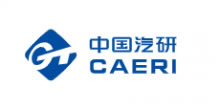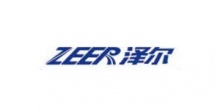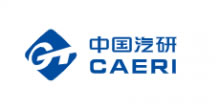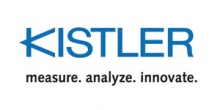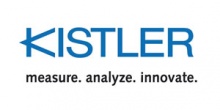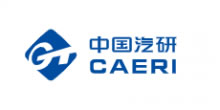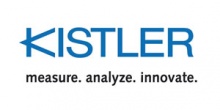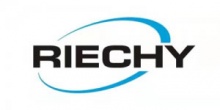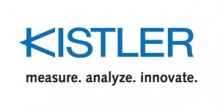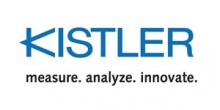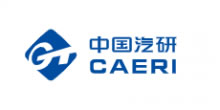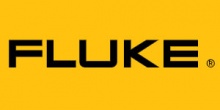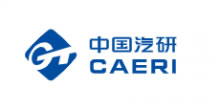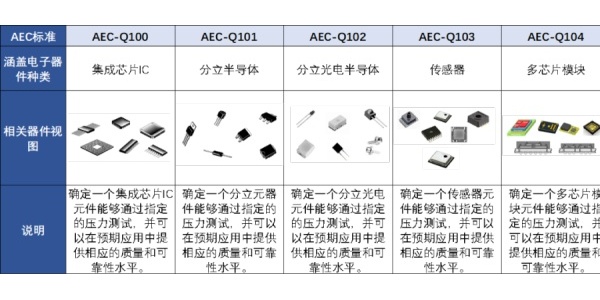5、试验结果
试验车辆安装了普利司通的Potenza S-04轮胎来测试新的控制系统。斜坡转角输入的测试结果表明车辆的前后轴轮胎的等效侧偏刚度分别为220kN/rad和240kN/rad,附着系数分别为0.99和1.04。直线制动测试结果表明前后轴的有效纵向刚度为450kN。控制器中的参数XLA=10m,kp=1/s,kspeed=1000Ns/m。参考路径设为一个半径突变的逆时针圆周,从而验证车辆的路径跟踪性能。试验场地路面为向西倾斜2.5度的干净柏油路面。
图8分别是路面附着系数的估计结果和轮胎侧偏角跟踪目标值,圆周半径在77.5s的时候从18m变为20m。基于估计的轮胎参数,峰值侧偏角为7.4度。测量的侧偏角比目标值稍大,可能是由于侧偏角控制器中转向力矩的建模存在一定误差,但是前轴的轮胎力也得到了充分的利用(如图 6所示)。估计器的路面附着系数估计结果在1和1.1之间,与转角斜坡输入工况下的估计结果一致。
图7是车辆跟踪路径时的车速目标值和测量值。较小的kp和较大的kspeed参数对车速跟踪控制效果更好。如图 9所示,侧向位移误差在转向半径突变后逐渐收敛,并最终稳定在1m左右,车辆在目标轨迹的外侧。而这部分偏差还需要更深入的研究。
图8 路面附着系数估计结果(左)和路径跟踪的前轴侧偏角的目标值和测量值(右)
图9 路径跟踪结果(俯视)
6、结论
试验数据表明在路径跟踪过程中的速度跟踪控制和转角控制需要路面附着系数的估计误差在大约2%以内。然而,基于轮胎侧偏角设计的转角控制能够有效降低系统对于路面附着系数估计结果精度的依赖。采集到的专业赛车驾驶员数据指出通过侧偏角控制能够使得不足转向的车辆更充分地利用轮胎的附着能力,并且可以通过速度反馈来实现路径跟踪。
为了验证这一理念,设计了根据虚拟横摆角速度控制输入得到的速度控制量来进行路径跟踪。贝叶斯滤波在线估计器和试验数据表明,即使在路面附着系数不确定的条件下,控制器也能够很好地跟踪上圆周路径。
不管是在赛道竞速或者公路上的紧急工况,文章设计的控制架构在极限工况下的无人驾驶都能够有很好地应用前景。未来的研究将进一步考虑纵向车速控制的建模、不同控制系统对附着系数的灵敏度、变曲率的路径跟踪、地形和轮胎的影响、以及路面附着系数不一致的情况。
7、参考文献
[1] K. Kritayakirana, “Autonomous vehiclecontrol at the limits of handling,” Ph.D. dissertation, Stanford University,2012.
[2] C. E. Beal and J. C. Gerdes, “Modelpredictive control for vehicle stabilization at the limits of handling,” IEEETransactions on Control Systems Technology, vol. 21, no. 4, pp. 1258–1269,2013.
[3] Y.-H. J. Hsu, S. M. Laws, and J. C.Gerdes, “Estimation of tire slip angle and friction limits using steeringtorque,” IEEE Transactions on Control Systems Technology, vol. 18, no. 4, pp.896–907, 2010.
[4] J.-O. Hahn, R. Rajamani, and L.Alexander, “GPS-based real-time identification of tire-road frictioncoefficient,” IEEE Transactions on Control Systems Technology, vol. 10, no. 3,pp. 331–343, 2002.
[5] L. R. Ray, “Nonlinear estimation ofvehicle state and tire forces,” in American Control Conference, 1992. IEEE,1992, pp. 526–530.
[6] L. R. Ray, “Real time determination ofroad coefficient of friction for IVHS and advanced vehicle control,” inAmerican Control Conference, Proceedings of the 1995, vol. 3. IEEE, 1995, pp.2133–2137.
[7] L. R. Ray, “Nonlinear state and tireforce estimation for advanced vehicle control,” Control Systems Technology,IEEE Transactions on, vol. 3, no. 1, pp. 117–124, 1995.
[8] L. R. Ray, “Nonlinear tire forceestimation and road friction identification: Simulation and experiments,”Automatica, vol. 33, no. 10, pp. 1819–1833, 1997.
[9] L. R. Ray, “Experimental determinationof tire forces and road friction,” in American Control Conference, 1998.Proceedings of the 1998, vol. 3. IEEE, 1998, pp. 1843–1847.
[10] J. Subosits and J. C. Gerdes, “Asynthetic input approach to slip angle based steering control for autonomousvehicles,” in 2017 American Control Conference (ACC). IEEE, 2017 (in press).
[11] N. R. Kapania and J. C. Gerdes,“Design of a feedback-feedforward steering controller for accurate pathtracking and stability at the limits of handling,” Vehicle System Dynamics,vol. 53, no. 12, pp. 1687– 1704, 2015.
[12] H. Pacejka, Tyre and Vehicle Dynamics,3rd ed. Butterworth- Heinemann, 2012.
[13] R. Y. Hindiyeh, “Dynamics and controlof drifting in automobiles,” Ph.D. dissertation, Stanford University, 2013.
[14] C. Voser, R. Y. Hindiyeh, and J. C.Gerdes, “Analysis and control of high sideslip manoeuvres,” Vehicle SystemDynamics, vol. 48, no. S1, pp. 317–336, 2010.
[15] P. A. Theodosis and J. C. Gerdes,“Nonlinear optimization of a racing line for an autonomous racecar usingprofessional driving techniques,” in ASME 2012 5th Annual Dynamic Systems andControl Conference joint with the JSME 2012 11th Motion and VibrationConference. American Society of Mechanical Engineers, 2012, pp. 235–241.
[16] J. Subosits and J. C. Gerdes,“Autonomous vehicle control for emergency maneuvers: The effect of topography,”in 2015 American Control Conference (ACC). IEEE, 2015, pp. 1405–1410.
[17] N. R. Kapania, J. Subosits, and J. C.Gerdes, “A sequential two-step algorithm for fast generation of vehicle racingtrajectories,” Journal of Dynamic Systems, Measurement, and Control, vol. 138,no. 9, p. 091005, 2016.
[18] J. Y. Goh and J. C. Gerdes,“Simultaneous stabilization and tracking of basic automobile driftingtrajectories,” in 2016 IEEE Intelligent Vehicles Symposium (IV). IEEE, 2016,pp. 597–602.
智能汽车研究所联系方式
联系电话:021-69589225
联系邮箱:11666104@tongji.edu.cn
联系人:李老师


 广告
广告 




 广告
广告



